Philodendron Xanadu: [Crop, Irrigation, Associations, Pests and Diseases]
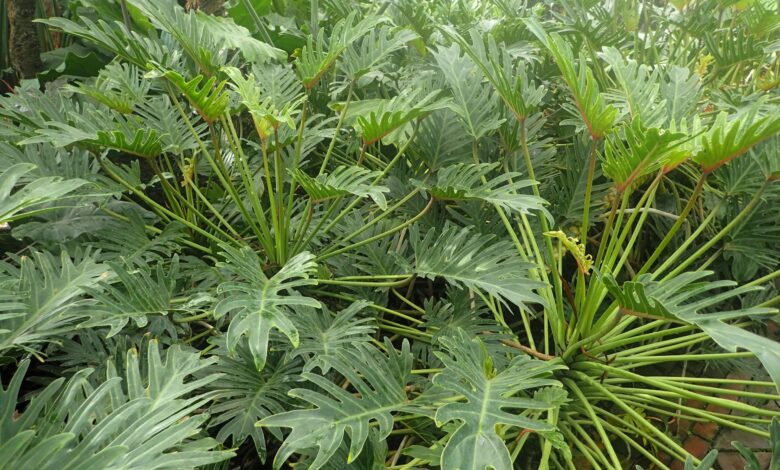
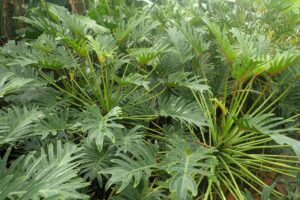 Where to sow? It needs light, but not direct from the sun.
Where to sow? It needs light, but not direct from the sun.- When? Early spring .
- How do we prepare the land? Removed, eliminating weeds . Withloose substrate , well drained and with organic matter.
- How do we water? With drip .
- How often do we water? Regular waterings in spring and summer , once a week. The rest of the year waterings spaced.
- Plagues and diseases? Aphid andcottony mealybug . Mushrooms due to excess moisture.
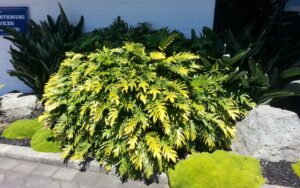 Native to the tropical region of Brazil, the philodendron xanadu belongs to the Araceae family and is from the genus of climbing herbaceous plants .
Native to the tropical region of Brazil, the philodendron xanadu belongs to the Araceae family and is from the genus of climbing herbaceous plants .
The plant is of the bushy type with a moderately fast, compact, rounded and broad growth. Philodendron xanadu has deeply dissected lobed leaves up to 40 cm long by glossy green leaves.
It receives other common names such as liana, monkey banana, philodendron, philodendron, güembé, huambe, snake bush, tripeperro or tapir’s nail. Philodendron xanadu forms dense clumps up to 1.5 meters high by 2 meters wide.
They develop a short trunk that produces aerial roots, extending along the surface of the soil. It is a plant with more than 160 species and a large number of varieties including hybrid specimens .
When to sow Philodendron xanadu?
Where to do it?
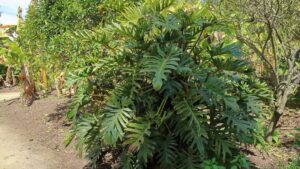 The philodendron xanadu should be located in a place where it can receive a lot of bright sunlight, but indirectly.
The philodendron xanadu should be located in a place where it can receive a lot of bright sunlight, but indirectly.
You need to place the plant in a position near a window where the sun’s rays never really touch the foliage.
When the philodendron xanadu is getting a lot of sun, its leaves turn yellowish. For its proper development, the philodendron xanadu needs warm and humid temperatures. It survives in the garden if the winter temperatures are not lower than twelve or fifteen degrees.
How to prepare the land?
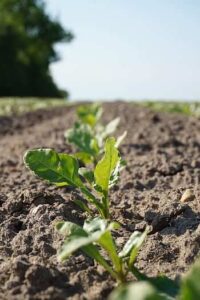 To prepare the soil the philodendron xanadu requires a loose and spongy substrate. The ideal substrate for the plant can be made up of 100% peat.
To prepare the soil the philodendron xanadu requires a loose and spongy substrate. The ideal substrate for the plant can be made up of 100% peat.
But mixtures with peat-vermiculite or peat-perlite are also excellent for philodendron xanadu.
Also, to keep the philodendron xanadu substrate in good shape, it is necessary to fertilize with a granulated compost in early spring, mid-summer and autumn .
The monthly use of a special liquid fertilizer is recommended for green plants grown in pots, during the growing season. In winter it is preferable not to pay.
How do we water the Philodendron xanadu?
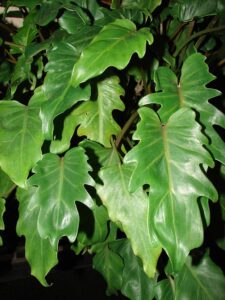 The philodendron requires regular waterings in spring and in summer when temperatures are high, but it is necessary to keep the soil slightly moist, but not waterlogged, in autumn and winter to distance the waterings.
The philodendron requires regular waterings in spring and in summer when temperatures are high, but it is necessary to keep the soil slightly moist, but not waterlogged, in autumn and winter to distance the waterings.
Before a new watering of the philodendron xanadu plant, the substrate should be checked, being able to insert the finger or a pointed stick up to about an inch in order to check the humidity level.
When the philodendron xanadu is located indoors, it needs environmental humidity, so a container with gravel or wet clay balls can be used so that the water when evaporating increases the humidity of the plant.
An indication that the philodendron xanadu plant is receiving a lot or little amount of water is that its leaves are beginning to fall, but this problem is easily solved by correcting the irrigation cycle.
How do we sow a Philodendron xanadu step by step?
Planting the philodendron xanadu or Philodendron Winterbourn plant is very easy to do, using cuttings :
- Carefully separate a piece of the adult plant that contains a part of leaves and roots.
- Prepare a well-drained, peat-rich substrate.
- Sow in a separate area.
- Plant the philodendron in pots with stakes.
- Place a wooden stake or a piece of bark in the pot and wrap the 6-. Water the plant when the top of the potting mix is dry to the touch, but before it dries completely.
- Keep the new plant slightly damp.
- Place the philodendron in a place where it receives light, but not direct sunlight, better in semi-shade.
- Ensure a temperature of 13 degrees centigrade. Above that temperature, the plant will thrive.
- Change the pots of the philodendron xanadu when the roots have piled up to the bottom of the pot.
- Transplant into a pot of the following size and fill the empty space with a mixture of two parts of common potting soil and one part of peat.
In general, the philodendron xanadu needs little care to thrive. The conduction of the first branches and the semi-annual fertilization are recommended.
What favorable associations does it have?
This low-maintenance variety of philodendron can be associated with lower-growing annual and perennial shrubs .
What pests and diseases attack Philodendron xanadu?
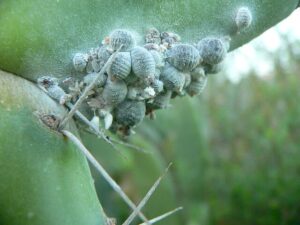 Philodendron xanadu is not very prone to attack by pests and diseases, but some aphids and cottony scale may appear .
Philodendron xanadu is not very prone to attack by pests and diseases, but some aphids and cottony scale may appear .
Once a plague is detected, it is necessary to clean with cotton balls dipped in alcohol.
Also, you should wash the plant periodically with water and apply insecticidal soap which will help keep pests at bay. It is necessary to take care of this species of plant from excessive watering that can cause fungal diseases.

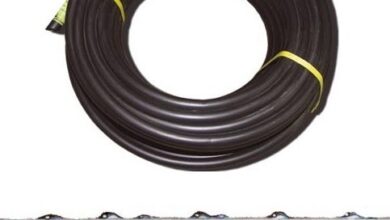
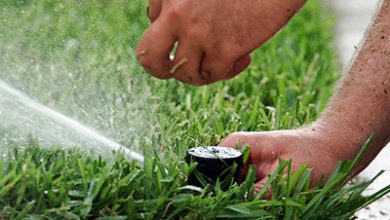
![Photo of Complex Fertilizers: [Characteristics, Effect, Obtaining and Application]](https://www.complete-gardening.com/wp-content/uploads/2022/08/complex-fertilizers-characteristics-effect-obtaining-and-application-390x200.jpg)